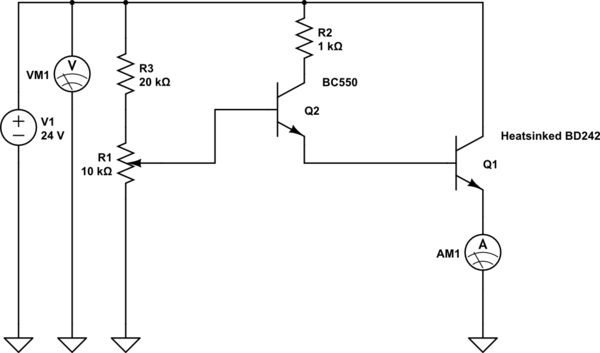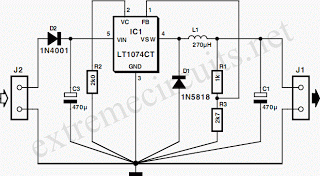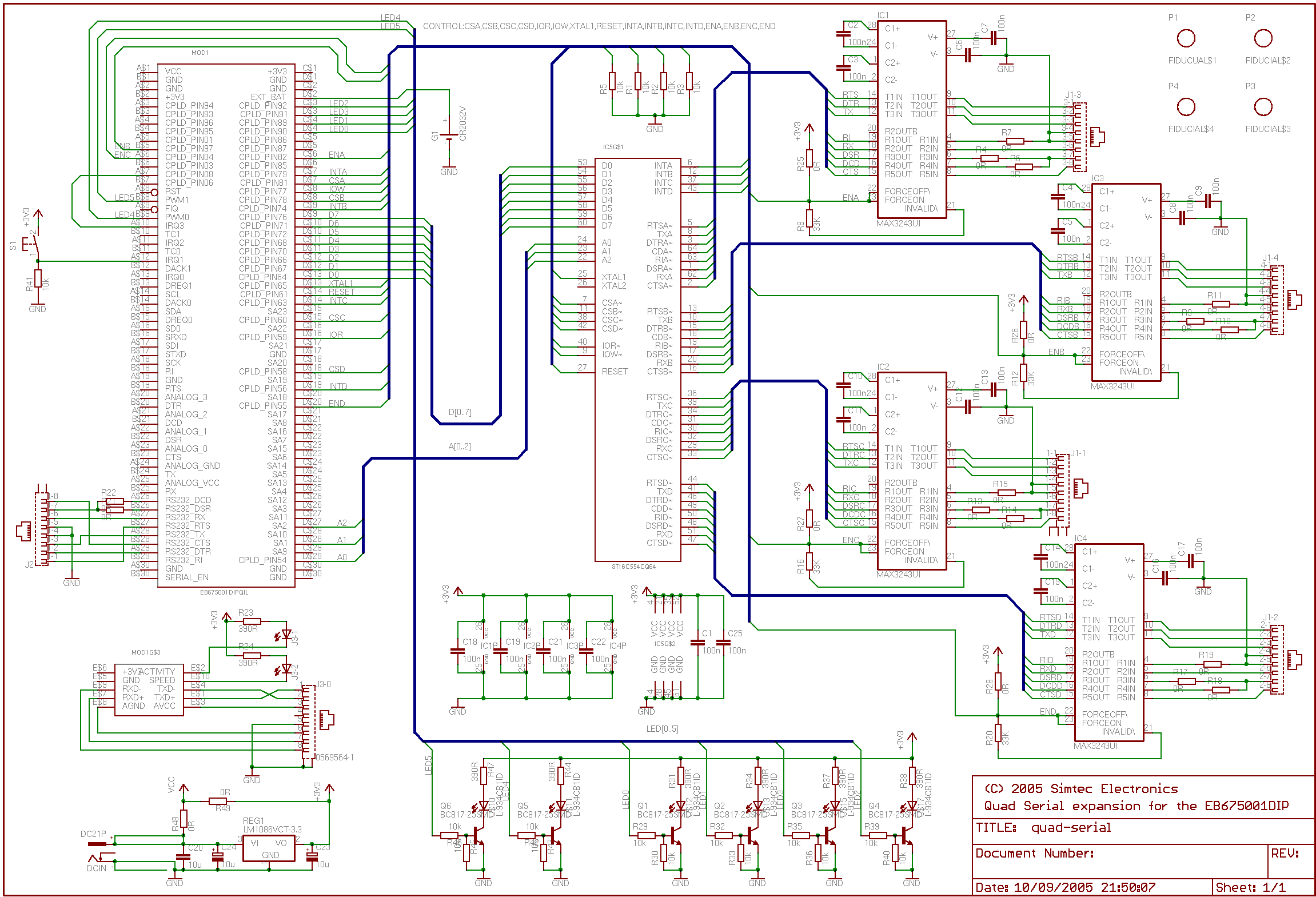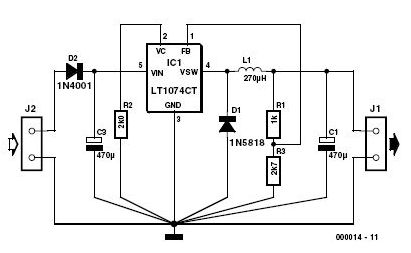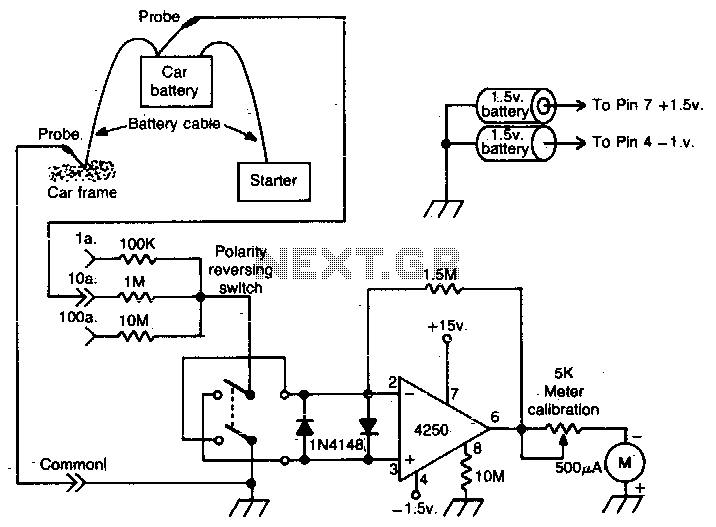
Spectrum Analyzer Adapter for Oscilloscopes

The circuit illustrated in the schematic diagram is a straightforward spectrum analyzer adapter circuit designed for oscilloscopes. This circuit can be utilized for scanning or analyzing signals.
The spectrum analyzer adapter circuit is engineered to enhance the capabilities of an oscilloscope, allowing it to perform frequency analysis of input signals. The primary components of this circuit typically include resistors, capacitors, operational amplifiers, and possibly a microcontroller for signal processing and display.
The circuit operates by taking an input signal, which is then filtered through a series of bandpass filters. These filters are designed to isolate specific frequency ranges, enabling the oscilloscope to display the amplitude of signals within those ranges. Each filter stage contributes to the overall frequency response of the circuit, ensuring that only the desired frequencies are passed to the output.
Operational amplifiers are employed to amplify the filtered signals, providing sufficient gain for accurate display on the oscilloscope. The configuration of these amplifiers can be adjusted to accommodate various input signal levels, ensuring versatility in applications.
Additionally, the circuit may include a display interface, such as an LCD or LED array, to provide real-time visual feedback of the frequency analysis. This feature allows users to easily interpret the signal characteristics without needing to constantly refer to the oscilloscope screen.
Power supply considerations are also critical for the proper functioning of the spectrum analyzer adapter. A stable power source is necessary to maintain the integrity of the signal processing and avoid noise interference that could affect measurement accuracy.
Overall, this spectrum analyzer adapter circuit serves as a valuable tool for engineers and technicians, facilitating detailed analysis of signal frequencies and enhancing the functionality of standard oscilloscopes.The circuit shown in the following schematic diagram is a simple spectrum analyzer adapter circuit for oscilloscopes. This circuit can be used for scanning or.. 🔗 External reference
The spectrum analyzer adapter circuit is engineered to enhance the capabilities of an oscilloscope, allowing it to perform frequency analysis of input signals. The primary components of this circuit typically include resistors, capacitors, operational amplifiers, and possibly a microcontroller for signal processing and display.
The circuit operates by taking an input signal, which is then filtered through a series of bandpass filters. These filters are designed to isolate specific frequency ranges, enabling the oscilloscope to display the amplitude of signals within those ranges. Each filter stage contributes to the overall frequency response of the circuit, ensuring that only the desired frequencies are passed to the output.
Operational amplifiers are employed to amplify the filtered signals, providing sufficient gain for accurate display on the oscilloscope. The configuration of these amplifiers can be adjusted to accommodate various input signal levels, ensuring versatility in applications.
Additionally, the circuit may include a display interface, such as an LCD or LED array, to provide real-time visual feedback of the frequency analysis. This feature allows users to easily interpret the signal characteristics without needing to constantly refer to the oscilloscope screen.
Power supply considerations are also critical for the proper functioning of the spectrum analyzer adapter. A stable power source is necessary to maintain the integrity of the signal processing and avoid noise interference that could affect measurement accuracy.
Overall, this spectrum analyzer adapter circuit serves as a valuable tool for engineers and technicians, facilitating detailed analysis of signal frequencies and enhancing the functionality of standard oscilloscopes.The circuit shown in the following schematic diagram is a simple spectrum analyzer adapter circuit for oscilloscopes. This circuit can be used for scanning or.. 🔗 External reference
